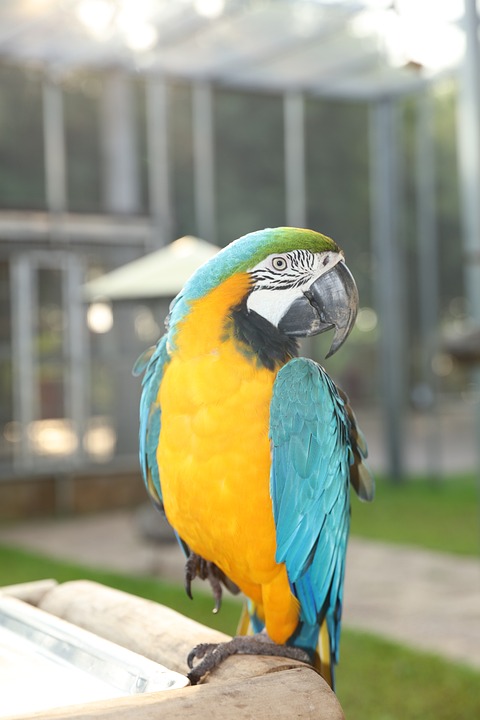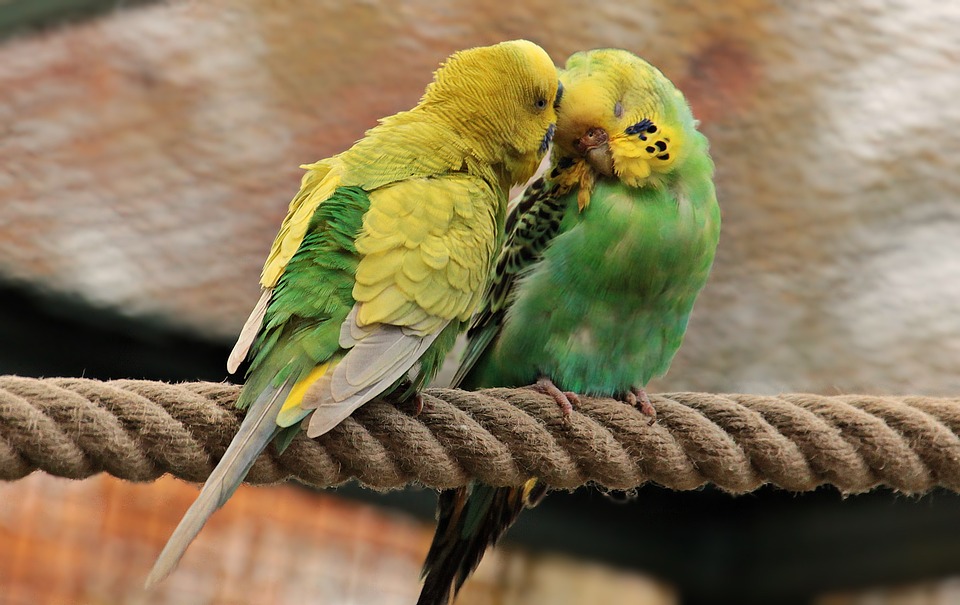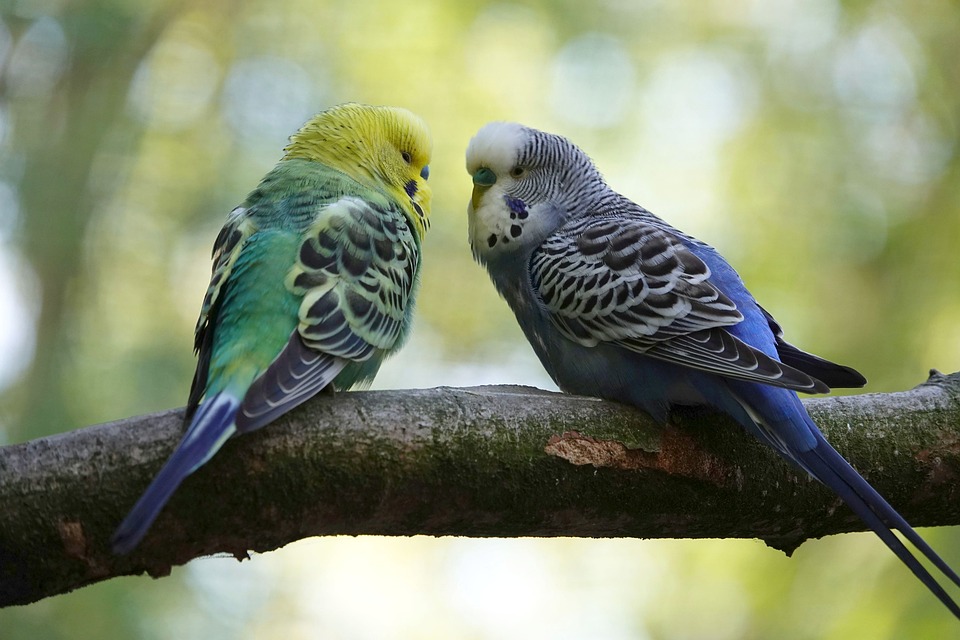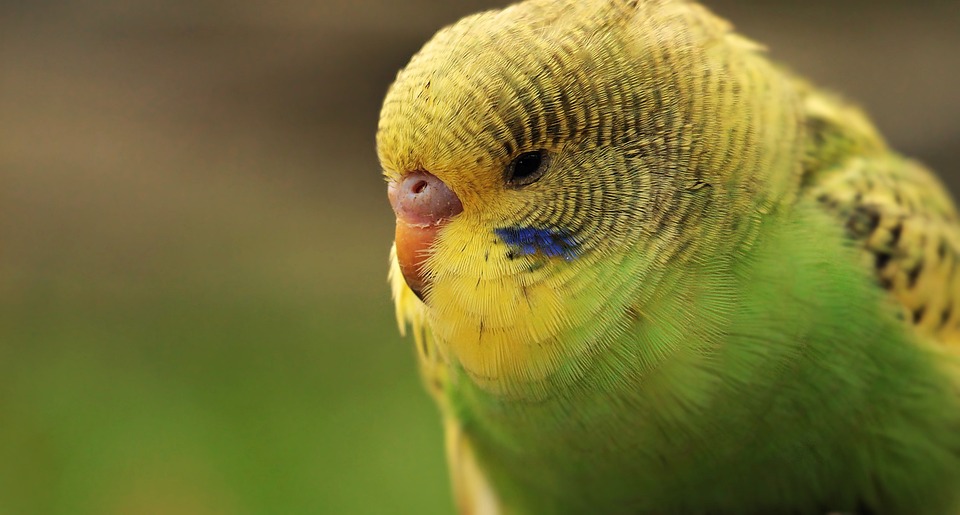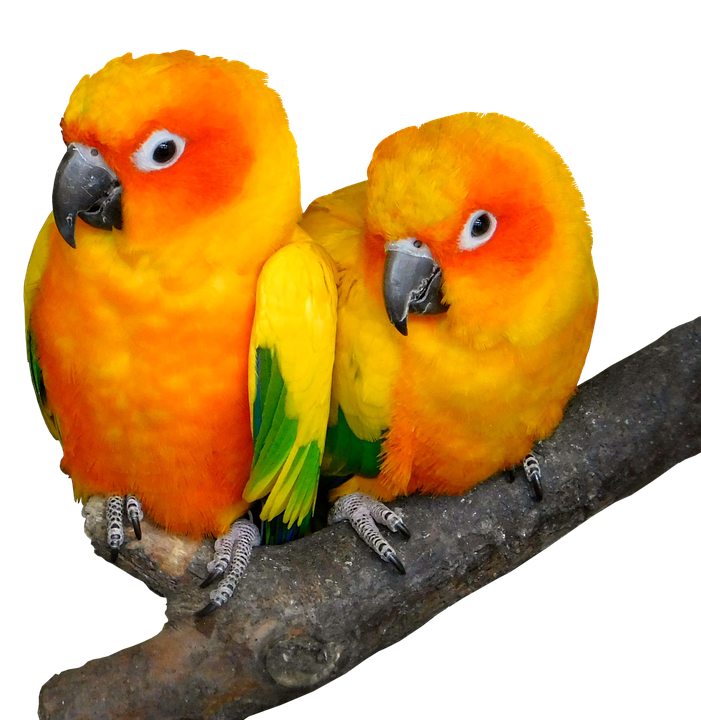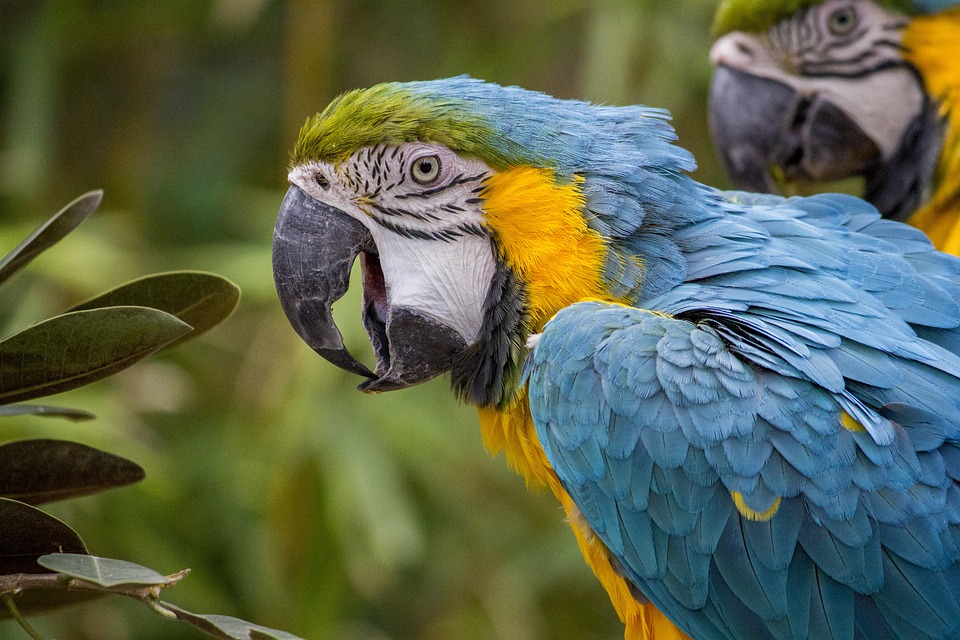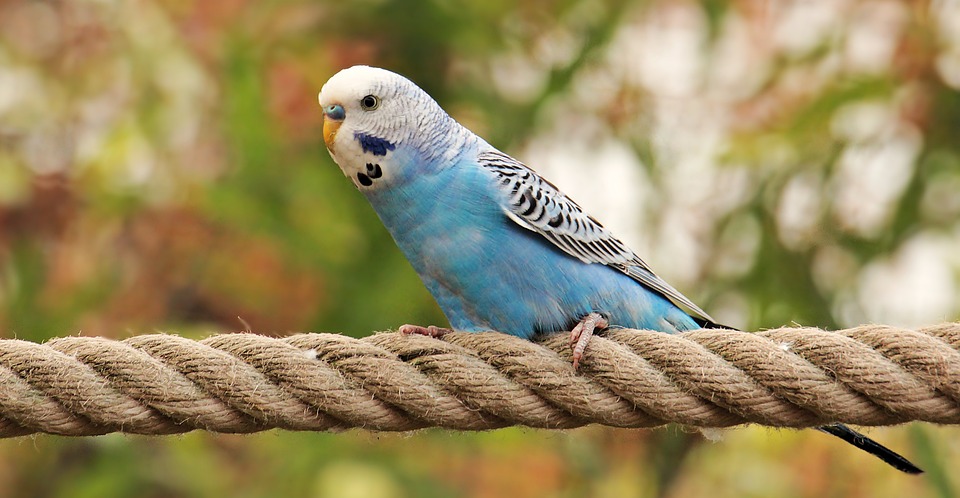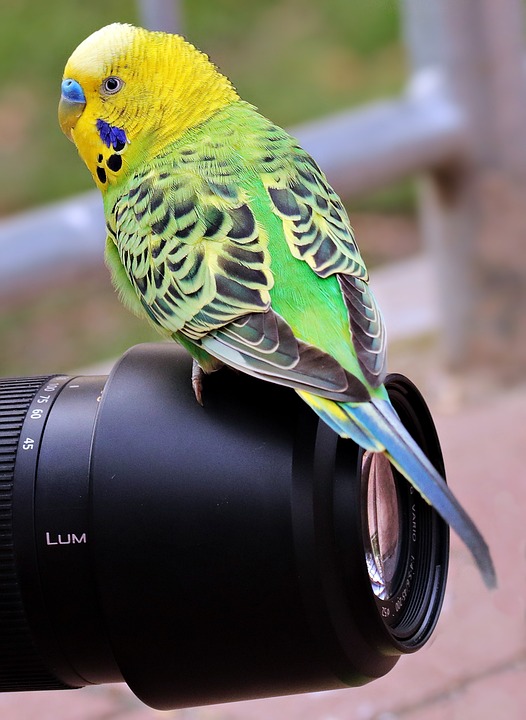Title: Discouraging Unwanted Behaviors in Parrots During Training Breaks
Introduction:
Training parrots can be a rewarding experience for both the bird and the owner. However, it is not uncommon for parrots to display unwanted behaviors during training breaks. In this article, we will explore effective techniques to discourage these behaviors and maintain a positive training environment. Additionally, we’ll address frequently asked questions related to parrot training.
I. Understanding Unwanted Behaviors During Training Breaks
A. Types of unwanted behaviors
Parrots may exhibit behaviors such as screaming, biting, feather plucking, or destructive chewing during training breaks.
B. Reasons behind parrots engaging in unwanted behaviors
Parrots may engage in unwanted behaviors due to boredom, lack of mental stimulation, frustration, or seeking attention.
C. Importance of discouraging these behaviors
Discouraging unwanted behaviors is crucial to maintain a positive training environment and prevent the reinforcement of negative habits.
II. Preventative Measures to Discourage Unwanted Behaviors
A. Consistent daily routine and training schedule
Maintaining a consistent daily routine and training schedule helps parrots feel secure, reduces boredom, and minimizes the likelihood of unwanted behaviors.
B. Providing mental stimulation and enrichment
Offering toys, puzzles, foraging opportunities, and social interaction can keep parrots mentally engaged and prevent them from engaging in destructive or attention-seeking behaviors.
C. Creating a designated training area
Having a specific area dedicated to training sessions helps parrots associate that space with positive behaviors and reduces the chances of engaging in unwanted behaviors elsewhere.
D. Using positive reinforcement techniques
Rewarding desired behaviors with treats, praise, or playtime reinforces positive habits and encourages parrots to repeat those behaviors.
III. Techniques to Discourage Unwanted Behaviors
A. Ignoring and redirecting undesired actions
Ignoring unwanted behaviors and immediately redirecting the parrot’s attention to an appropriate behavior can help discourage the repetition of unwanted actions.
B. Implementing time-outs effectively
If a parrot persists in engaging in undesirable behavior, placing them in a separate, quiet space for a short period can help them understand that the behavior is not acceptable.
C. Utilizing distractions and positive alternatives
Providing engaging toys, puzzles, or social interaction can divert a parrot’s attention away from unwanted behaviors and redirect their energy into more positive activities.
D. Employing positive punishment, if necessary (with caution)
In rare cases, positive punishment techniques like withholding attention or removing privileges may be used, but it should be done with caution and under the guidance of an experienced trainer.
IV. Frequently Asked Questions
Q1. How long should training sessions be for parrots?
Training sessions should be kept short, typically around 10-15 minutes, as parrots have a shorter attention span.
Q2. Why is it important to maintain consistency during training breaks?
Consistency helps reinforce positive behaviors and prevents confusion in parrots, ensuring steady progress in their training.
Q3. Can using punishment negatively affect my parrot’s training progress?
Using punishment can have negative consequences if not used correctly. It may lead to fear or aggression. Positive reinforcement techniques are generally more effective and should be the primary focus.
Q4. What are some common unwanted behaviors parrots might display during training breaks?
Common unwanted behaviors include screaming, biting, feather plucking, or destructive chewing.
Q5. How can I prevent my parrot from developing new unwanted behaviors?
Preventing new unwanted behaviors can be achieved by providing mental stimulation, maintaining a consistent routine, and reinforcing positive behaviors through rewards and positive reinforcement techniques.
Conclusion:
Training breaks are an essential part of parrot training, but it’s important to discourage unwanted behaviors during these periods to ensure consistency and progress. By understanding the reasons behind these behaviors and implementing effective techniques, you can maintain a positive training environment and strengthen the bond with your parrot. Remember, patience, consistency, and positive reinforcement are key to successful parrot training.

